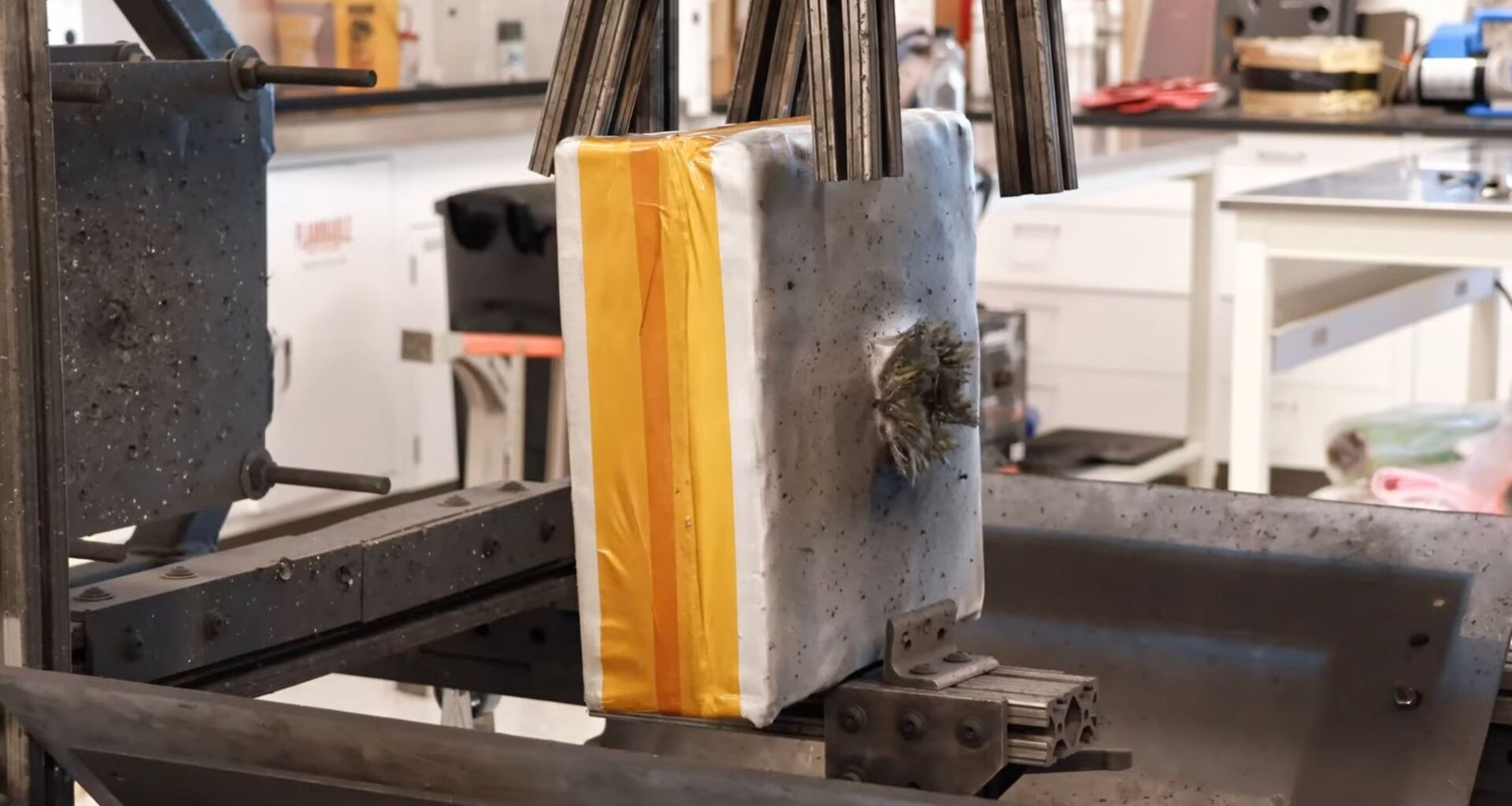As the amount of orbital debris continues to rise, a US materials manufacturer has unveiled a new shielding solution that promises to protect satellites and astronauts from hypervelocity impacts while reducing the risk of creating even more debris in orbit.
Atomic-6, based in Marietta, Georgia, has introduced Space Armor tiles, composite panels designed to withstand collisions with fast-moving objects in Low Earth Orbit (LEO).
The company says the technology is lighter, thinner, and more effective than traditional shielding systems, while enabling uninterrupted communications through radio-frequency (RF)-permeable materials.
Growing threat of orbital debris
The danger of space junk has intensified in recent years as more spacecraft enter orbit and older satellites break apart. A 2024 estimate by the United Nations University Institute for Environment and Human Security suggests over 130 million pieces of debris orbiting Earth are too small to track but still large enough to cause serious damage.
The debris and spacecraft in LEO can travel at hypersonic speeds, meaning even a paint-chip-sized fragment striking a satellite head-on could penetrate fuel tanks, tear through structures, or compromise batteries and life-support systems.
With projections of more than 100,000 new spacecraft being launched by 2030, compared to roughly 10,000 in orbit today, agencies have been developing ways to limit debris growth, improve decommissioning protocols, and enhance protective design features. Armor systems that can prevent catastrophic impacts remain critical to this strategy.
The Whipple Shield, first developed in the 1940s and used on Apollo spacecraft, is today’s most common protective solution. It consists of multiple layers of aluminum with air gaps or foam between them to dissipate kinetic energy.
While effective, Whipple shields are heavy, costly, and prone to fragmentation on impact, ironically adding more debris to the environment they’re meant to protect.
Their metallic structure can also act like a Faraday cage, limiting radio signal penetration.
Polymer armor designed to minimize secondary damage
According to a recent press release, Atomic-6 claims Space Armor tiles solve many of these issues. The panels are made from a proprietary polymer composite with an undisclosed fiber-to-resin ratio. They are self-adhesive and typically manufactured as 30 cm x 30 cm tiles, one inch thick, though larger sizes up to one meter are possible.
The company says that the armor can withstand impacts at over 4.34 miles per second (7 km/s), equivalent to approximately 16,000 miles per hour, while producing minimal secondary debris.
Atomic-6 has developed two versions. A lighter model designed to shield against untrackable debris up to 3 mm, covering more than 90 percent of LEO particle threats, and a heavier variant rated to resist strikes from objects up to 12.5 mm wide, which the company says is suitable for protecting human space habitats.
One of the biggest engineering differentiators is radio transparency. Because the composite does not block RF signals, it can be installed directly over antennas and other communication-critical equipment. “You don’t have to sacrifice communications to protect your spacecraft anymore,” CEO of Atomic-6, Trevor Smith, said in the press release. “This little composite tile preserves mission-critical functions, thereby protecting spacecraft, space stations, and people in orbit from increasingly prevalent, yet invisible threats.”
The company also offers a radio-opaque configuration for missions that require signal shielding.
Supporting long-term space operations
Atomic-6 positions the new product as a technical innovation and a contribution to sustainable orbital activity. By limiting fragmentation, the tiles may help reduce the compounding risk of collisions associated with the Kessler Syndrome, in which debris-generating impacts accelerate the creation of additional debris.
“With rising geopolitical tensions and growing concerns over space-based attacks, protecting satellites and astronauts from both deliberate strikes and accidental debris collisions is no longer optional, it’s essential,” Smith said.

